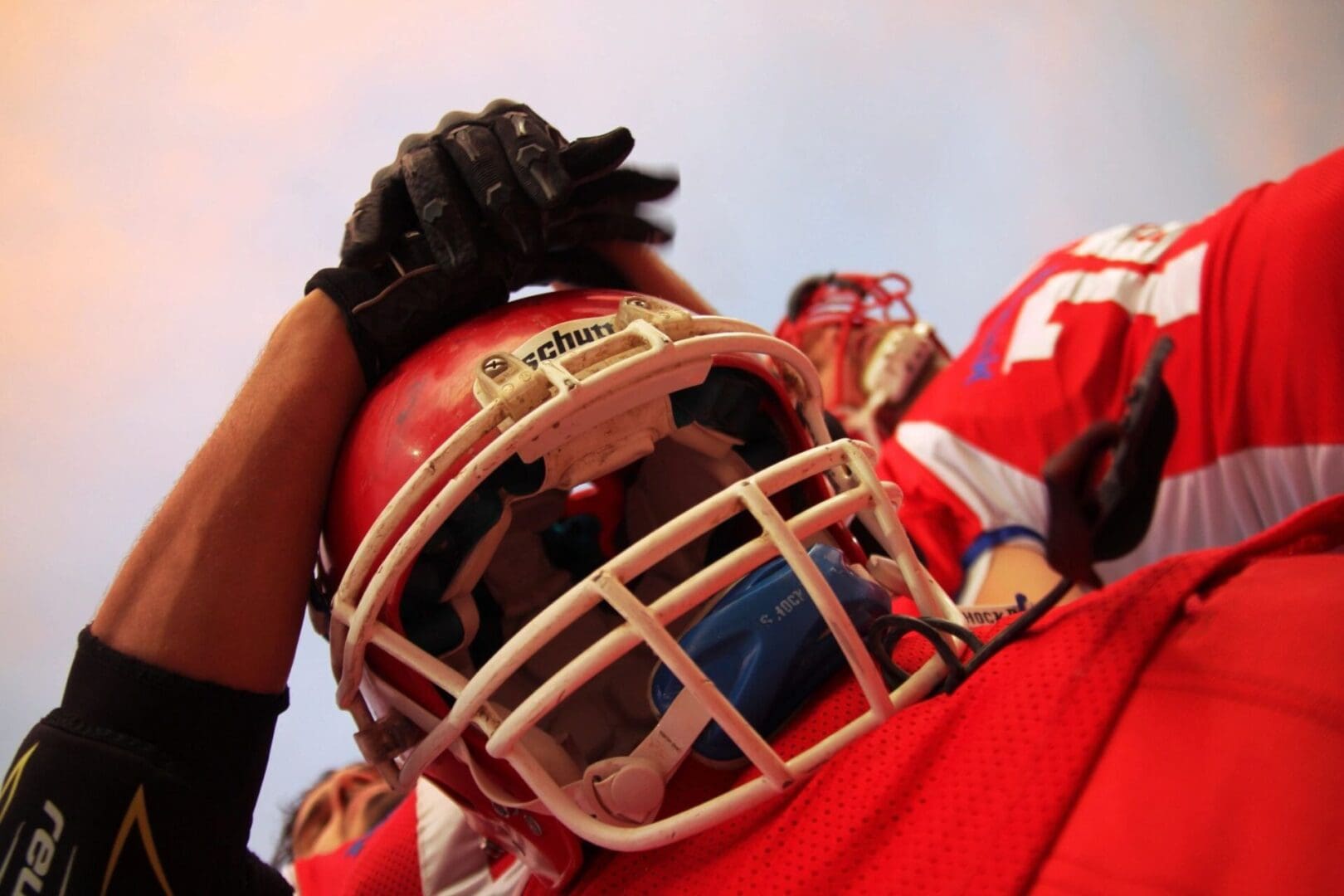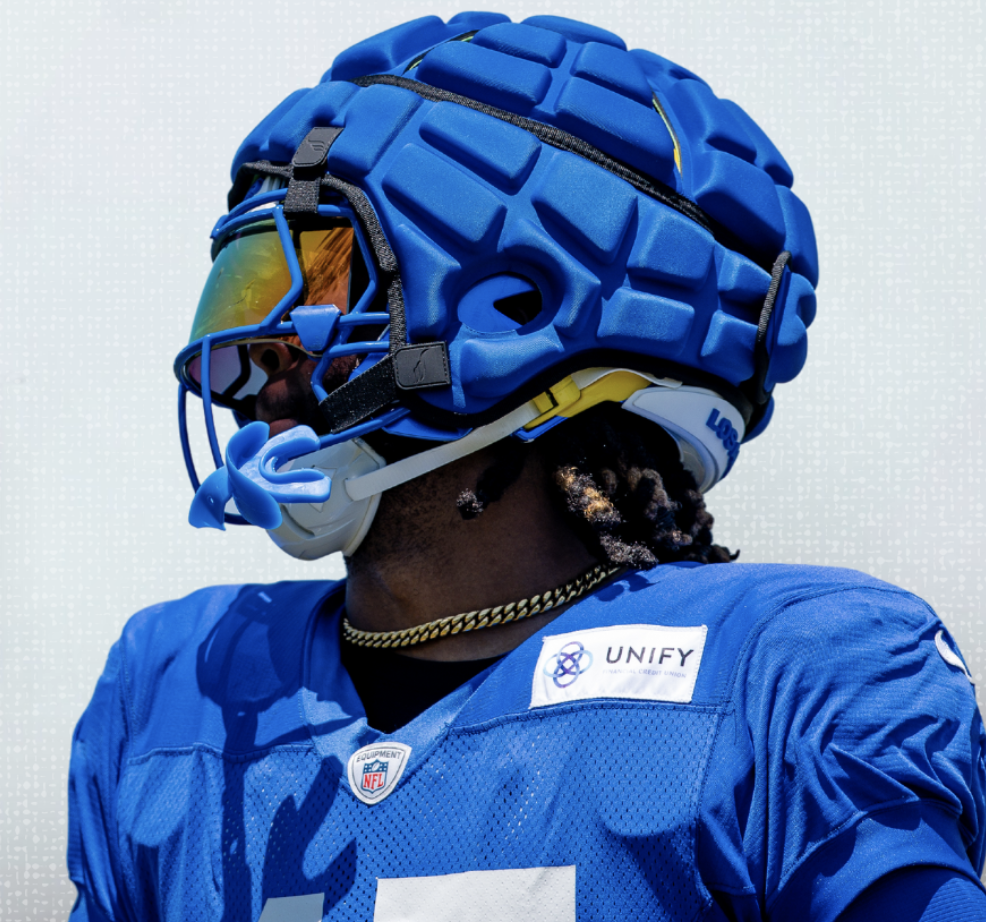Search Posts
Recent Posts
- Rhode Island Weather for May 31, 2025 – Jack Donnelly May 31, 2025
- Burn with Kearns: Fix Your Foundation: Core, Mobility & Joint Health – Kevin Kearns May 31, 2025
- In the News… quick recap of the week’s news (5.31.25) May 31, 2025
- Business Beat: Navigant CU receives prestigious Community Impact Award from NEACH May 31, 2025
- To Do in RI: Taste of Rhode Island. Food, libations, entertainment, auction for Matunuck Oyster Bar May 31, 2025
Categories
Subscribe!
Thanks for subscribing! Please check your email for further instructions.

Sports in RI: Time for safety first – John Cardullo
by John Cardullo, sportswriter
Perhaps it’s time to put safety first and foremost when it comes to protective head ware
Concussions have been a problem in sports for as long as sports have been in existence. Contact sports have always been the biggest culprit, but as studies have evolved so has the danger level risen pretty much across the wide range of all sports. Sports that are not considered high risk sports for concussions can be even more of a risk to athletes – volleyball, track and field, although considered low risk sports because contact is a lesser consideration, but they are not completely without incidents. Often soccer players collide and suffer head and neck injuries more times than you would realize.
What is one of the biggest problems is the fact that the traditional contact sports such as football, lacrosse, hockey and baseball (a 90-mile per hour fastball coming at your head will make you realize how important a helmet is), is that the real problem is that an athlete will get a false sense of security believing that because of the protective head ware, they are more invincible.
A jolt or blow to the head can cause the brain to slam up against the inner skull which will cause a concussion – often rendering the athlete to become nauseous, get painful headaches, pressure in the head, sensitivity to light or motion, dizziness, double or blurry vision, trouble paying attention, confusion, memory problems, fatigued, sluggish, groggy. These symptoms often are followed by memory issues, sleeping problems, changes in behavior and personality and even changes in tastes and smells. The symptoms usually go away within two to six weeks, however, repeated hits to the head can lead to more serious issues.
Medical – and Emotional Injury
The National Football League has done extensive studies on how repeated concussions can alter an athlete’s future physical and mental health, and cause even deeper issues such as depression and even suicide. All Pro linebacker Junior Seau who played for the San Deigo Chargers, Miami Dolphins and New England Patriots, tragically took his own life. A career spanning from 1990 to 2009, Seau received every honor that a professional football player could receive. In 2012, at the age of 43, he shot himself in the chest and left instructions in his will that his brain would be removed for study by the National Institutes of Health. The same request was made by several other athletes. The results of the study concluded that in Seau’s and most of the others has chronic traumatic encephalopathy (CTE), which was caused by repetitive head trauma which could lead to dementia, rage and depression.
There is now a National Sports Brain Bank at the University of Pittsburgh and a campaign called “My Legacy” of the Concussion Legacy Foundation encouraging athletes who have suffered multiple concussions to donate their brains upon their deaths to science.
Recently Miami Dolphins quarterback Tua Tagovailoa has experienced his third major concussion. Drafted by Miami in 2020, he quickly became the face of the franchise, but repeated blows to his head have put a halt on his season and is jeopardizing his career. Because of failure following the NFL’s concussion protocols over the last few seasons the NFLPA (National Football League Players Association) have revised the concussion protocols. It is unsure if Tagovailoa will return to play professional football, but as each week passes, more and more athletes on every level of sports are being held out of games and practice because of the danger the next blow to the head may cause.
Not one helmet fits all
Riddell, the largest manufacturer of helmets in the United States has been doing extensive research on the safety of the athletes. Other helmet brands such as VICIS, LIGHT, Schutt, SG and Xenith have developed tests designed with the players’ protection as their number one priority. Each company has designed different versions of their helmets to protect players based on what position they play and to what impacts the athlete may receive during a normal course of a game. Taking impact zones, face mask position and eye protective shielding in their designs, so an interior lineman will have a helmet far different from a receiver or a running back. Linebackers will have a much different design than a quarterback or defensive backs. The days of one helmet fits all are long over! One can only imagine that the first head protective wear was a leather wrap that the players wore when the game was created.

As the need and demand for further protection grows, players have been often playing with a padded wrap that is fitted around the exterior of the helmet. One of the leading manufacturers of this type of headware is Guardian Sports. This type of protection has been used at the professional level during practice but has not made it to an actual game. Obviously, the NFL and the manufacturer are using the wrap as tests to see it this measure of added protection is worth being part of the approved NFL equipment list. As you move to the college level, high school level and youth level, more of these “Guardian” protective headwear are showing up more frequently. Especially at the youth level where parents and coaches agree that it’s better to be safe than sorry.
But why stop at football? Lacrosse, Field Hockey, Hockey all should investigate this type of protection. Looking at the pros and cons of using more protection designed to keep all athletes safer only makes it a win, win situation for everyone.
RI Leading with Legislation
Making national sports news is one of our local legislators, Representative Joseph McNamara. McNamara will be submitting a bill this coming session requiring all Rhode Island high school football players to wear “Guardian Caps”. Quoted in Sports Illustrated: “If Rhode Island state representative Joseph McNamara gets his way, the New England state he represents will be setting possibly a new trend for high school football as we know.” Guardian Caps says, “the NFL has mandated the use of Guardian Caps since the 2022 preseason. The league reported a 52% reduction in concussions for those positions during the mandated period versus the previous three-year average.”
McNamara said, “Concussions remain the most serious concern in football at all levels,” said Representative McNamara, who chairs the House Education Committee. “Collisions on the gridiron that result in head injuries are extremely dangerous, and have even been fatal at the high school level. The NFL has found evidence that Guardian Caps help reduce concussions, and have begun to require players to wear them during regular season practices. Some have even started wearing them during regular season games. It is imperative that we protect our high school players.”
McNamara, who was a standout football player at Pilgrim High School and was named to the Providence Journal’s All-State team during his senior year in 1968, was presented with the Distinguished American Award by the Emo DiNitto/Rhode Island Chapter of the National Football Foundation and College Hall of Fame earlier this year.
In crafting the legislation that would require the caps, McNamara says it will include a section allowing current players who are not used to the caps to opt out of the requirement, thus providing a graduated introduction of the new equipment.
___

John Cardullo, sportswriter. John is a lifelong Rhode Islander. His sports experience is extensive, as a player, coach and sponsor of youth and high school sports. He has been the Public Address Announcer for the CCRI Men’s and Women’s Soccer teams. Both the Cranston East and Cranston West football, Cranston East Boys and Girls basketball for 12 years before moving onto the Central, Juanita Sanchez and Mt. Pleasant football teams. Also, Central HS Boys and Girls Basketball, Scituate High School Boys and Girls Basketball, Johnston High School Girls Basketball, Boys Volleyball, Girls Softball, Boys and Girls Soccer teams, and CLCF football.
John has been involved in Men’s softball for 61 years, starting as a batboy for his father’s team in 1964. He moved to the teams scorekeeper then became a player in 1975, and created the men’s team, Players Corner Pub, that went on to win 20 State Championships in their 35 year history. In the 1990’s he published the statewide softball magazine “The Fielders Choice” which was dedicated to all topics related to adult softball. As a feature writer, John and the publication won several media awards. In 2019 he was elected and inducted into the Rhode Island Slow Pitch Softball Hall of Fame which he also helped create. John is a softball umpire in Warwick, Rhode Island.
In his spare time John golfs with his life long friends on a weekly basis in season. After retiring from the printing Industry after a 45-year career, he now writes specialty sports columns for RINewsToday.com.
